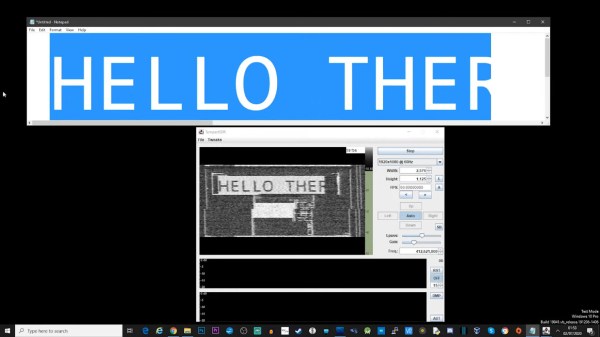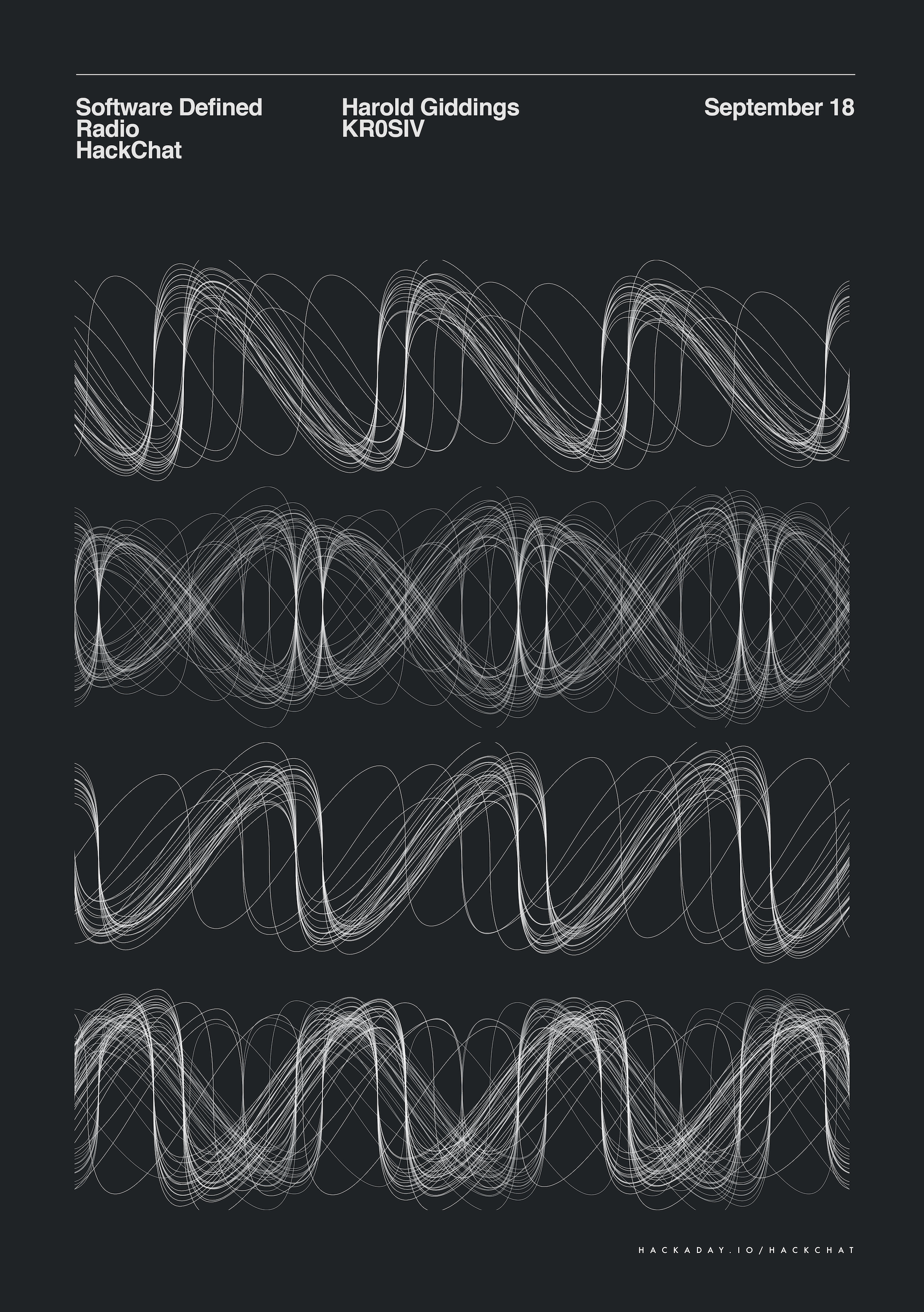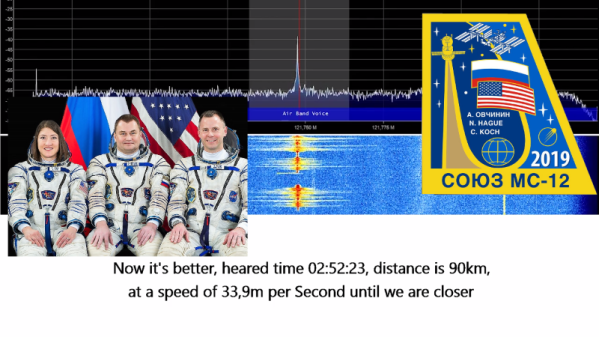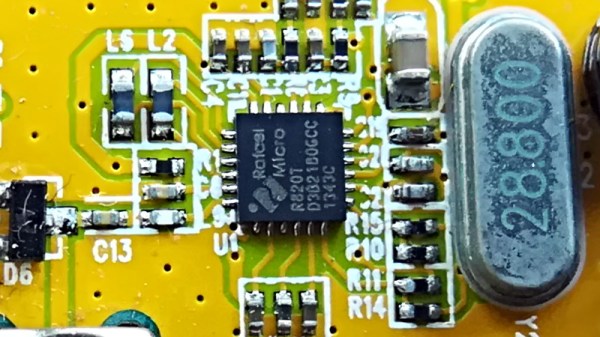Having been endlessly regaled with tales of side-channel attacks and remote exploits, most of us by now realize that almost every piece of gear leaks data like a sieve. Everything from routers to TVs to the power supplies and cooling fans of computers can be made to give up their secrets. It’s scary stuff, but it also sounds like a heck of a lot of fun, and with an SDR and a little software, you too can get in on the side-channel action.
Coming to us via software-defined radio buff [Tech Minds], the video below gives a quick tour of how to snoop in on what’s being displayed on a monitor for almost no effort or expense. The software that makes it possible is TempestSDR, which was designed specifically for the job. With nothing but an AirSpy Mini and a rubber duck antenna, [Tech Minds] was able to reconstruct a readable black and white image of his screen at a range of a few inches; a better antenna and some fiddling might improve that range to several meters. He also shares a trick for getting TempestSDR set up for all the popular SDRs, including SPRplay, HackRF, and RTL-SDR.
Learning what’s possible with side-channel attacks is the key to avoiding them, so hats off to [Tech Minds] for putting together this simple, easy-to-replicate demo. To learn even more, listen to what [Samy Kamkar] has to say about the subject, or check out where power supplies, cryptocurrency wallets, and mixed-signal microcontrollers are all vulnerable.
Continue reading “Exposing Computer Monitor Side-Channel Vulnerabilities With TempestSDR”

















